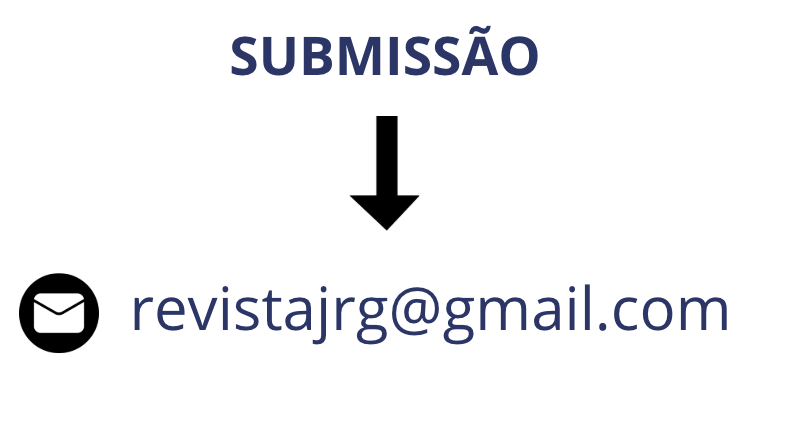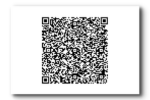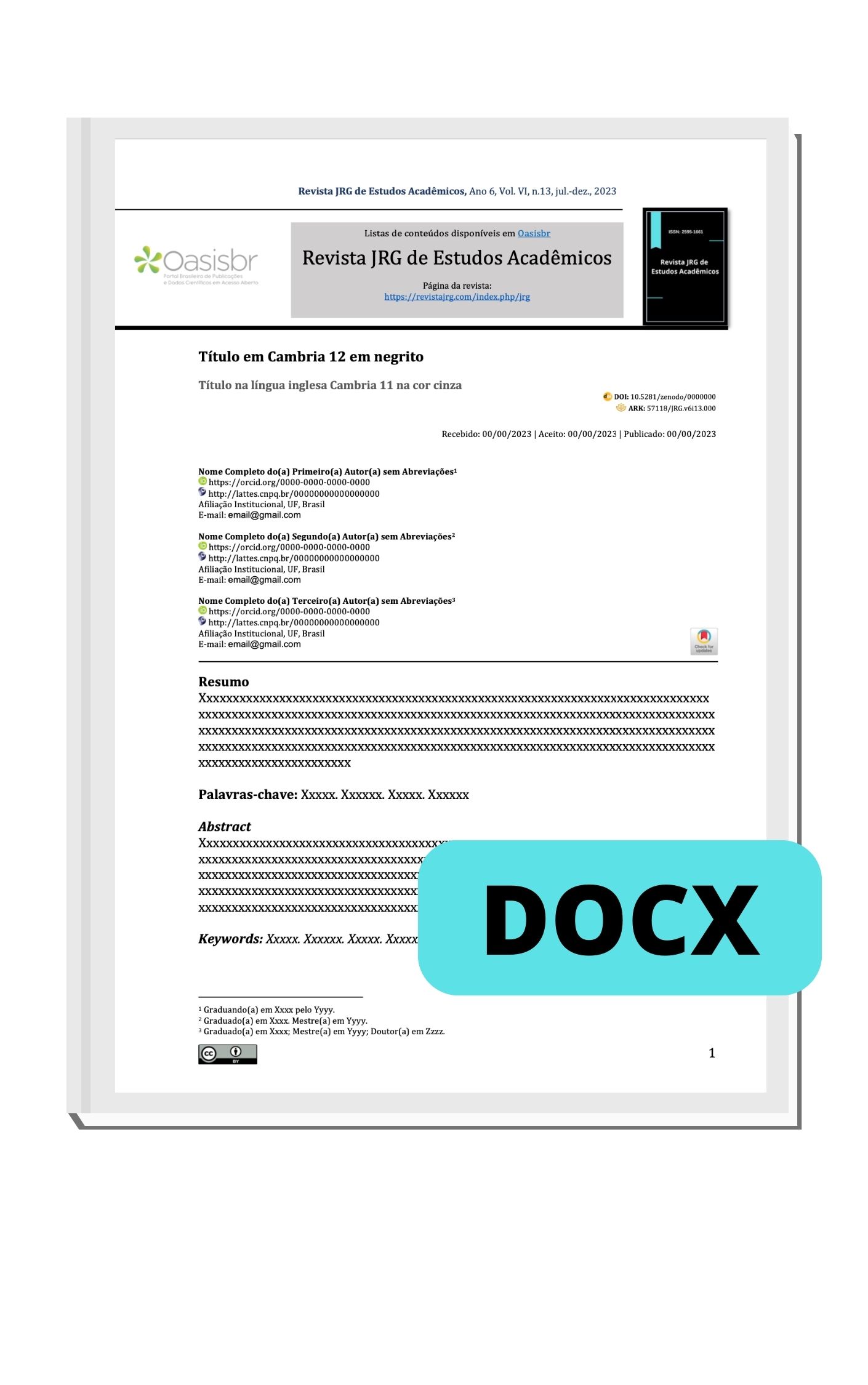The seasonality of bronchiolitis in newborns and young infants as diagnostic and therapeutic support.
DOI:
https://doi.org/10.55892/jrg.v7i14.1080Keywords:
Bronchiolitis, Virus, Epidemiology, Respiratory syncytial virusAbstract
Bronchiolitis, also known as acute bronchiolitis (AB), is a pathology characterized by wheezing and/or bilateral crackling rales, preceded by symptoms of an upper airway infection (URTI). This pathology can be associated with several viruses such as respiratory syncytial virus (RSV), rhinovirus, parainfluenza, human metapneumovirus, influenza, adenovirus, coronavirus and human mouthvirus. The impact of the disease triggered by a given virus is intrinsically related to the season and the pathogens circulating in the current year. The expected seasonality is between the months of March and June, with an epidemic pattern prevalent in the autumn to winter seasons. In particular, it has been associated with infections in children in the first two years of life with a peak incidence below twelve months of age, causing symptoms of a typical prodrome of upper respiratory tract infection (URTI), with runny nose, sneezing, nasal obstruction, hyporexia and fever. Followed by clinical manifestations of the lower airways such as wheezing, decreased chest expansion, prolonged expirations and may progress to respiratory discomfort. This article aims to study the epidemiological and clinical aspects of acute bronchiolitis (AB). The specific objectives include analyzing the epidemiology of the cases, identifying related etiological agents, describing the clinical presentation and discussing diagnostic approaches and therapeutics. Thus, the method used was a systematic literature review, the objective of which was to synthesize, in a methodical and impartial way, the available evidence about acute bronchiolitis and its respective diagnosis and treatment. In terms of results, it was possible to identify that the diagnosis is made in most cases based on typical clinical manifestations. Complementary exams should be used in atypical conditions or in serious cases. Treatment involves the use of oxygen therapy, ventilatory support, removal of nasal secretions, hydration, bronchodilators, respiratory physiotherapy, seeking to minimize symptoms until the condition improves.
Downloads
References
Di Nardo M, Perrotta D, Stoppa F, et al. Independent lung ventilation in a newborn with asymmetric acute lung injury due to respiratory syncytial virus: a case report. J Med Case Rep. 2008; 2:212.
Dalziel SR, Haskell L, O'Brien S, et al. Bronchiolitis. Lancet. 2022; 400(10349):392-406.
Justice NA, Le JK. Bronchiolitis. [Internet]. StatPearls. Treasure Island, FL: StatPearls Publishing. (Accessed on Aug 16, 2022).
Kliegman MR, Geme JS. Nelson Textbook of Pediatrics. 21st ed. Rio de Janeiro: Elsevier, 2019.
Ministério da Saúde (BR). Secretaria de Ciência, Tecnologia, Inovação e Insumos Estratégicos em Saúde, Departamento de Assistência Farmacêutica e Insumos Estratégicos. Uso do anticorpo monoclonal Palivizumabe durante a sazonalidade do Vírus Sincicial Respiratório - VSR. Brasília: Ministério da Saúde, 2022.
National Institute for Health and Care Excellence (NICE). Bronchiolitis in children: diagnosis and management. [Internet]. NICE guideline. NICE, 2015. (Accessed on March, 2024).
Piedra PA, Stark AR. Bronchiolitis in infants and children: Clinical features and diagnosis. [Internet]. UpToDate. Waltham, MA: UpToDate Inc. (Accessed on Aug 16, 2022).
Piedra PA, Stark AR. Bronchiolitis in infants and children: Treatment, outcome, and prevention. [Internet]. UpToDate. Waltham, MA: UpToDate Inc. (Accessed on Aug 16, 2022).
Ralston SL, Lieberthal AS, Meissner HC, et al. Clinical practice guideline: the diagnosis, management, and prevention of bronchiolitis. Pediatrics. 2014; 134(5):e1474-502.
Stobbelaar K, Kool M, de Kruijf D, et al. Nebulised hypertonic saline in children with bronchiolitis admitted to the paediatric intensive care unit: A retrospective study. J Paediatr Child Health. 2019; 55(9):1125-32.
Zhang L, Gunther CB, Franco OS, et al. Impact of hypertonic saline on hospitalization rate in infants with acute bronchiolitis: A meta‐analysis. Pediatr Pulmonol. 2018; 53(8):1089-95.











































